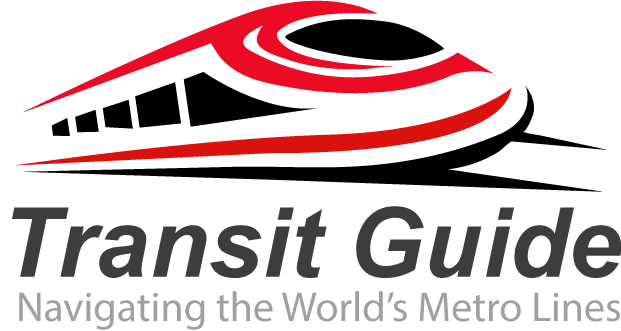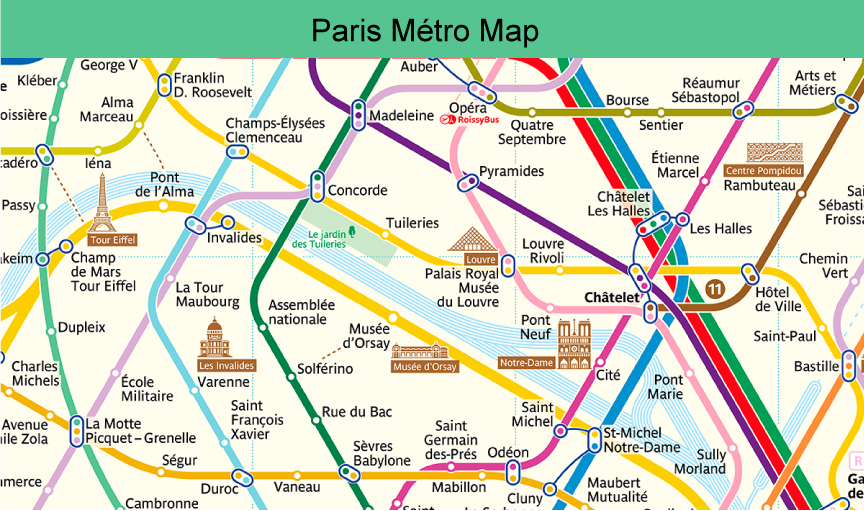Paris Metro System: Your Complete Guide to Navigating the City of Light
The Paris Metro system stands as one of the world’s most efficient and extensive urban transportation networks, serving millions of passengers daily across the French capital. Whether you’re a first-time visitor or a seasoned traveler, understanding the Paris Metro is essential for exploring the city’s iconic attractions, neighborhoods, and hidden gems.
Overview of the Paris Metro Network
The Paris Metro comprises 16 lines covering 245 kilometers of track and serving 308 stations throughout Paris and its immediate suburbs. Operated by RATP (Régie Autonome des Transports Parisiens), this underground railway system has been connecting Parisians and visitors since its inauguration in 1900. The network’s density ensures that no point in central Paris is more than 500 meters from a Metro station.
Key Features and Lines
The Metro lines are numbered 1 through 14, plus two additional lines (3bis and 7bis). Each line is color-coded and identified by its terminus stations, making navigation intuitive for users. Line 1, fully automated since 2012, connects major tourist destinations including the Louvre, Champs-Élysées, and Bastille. Line 14, the newest addition, features modern trains and platform screen doors, representing the future of Parisian public transport.
Operating Hours and Frequency
The Paris Metro operates from approximately 5:30 AM to 1:15 AM on weekdays, with extended service until 2:15 AM on Fridays and Saturdays. During peak hours, trains run every 2-3 minutes, while off-peak frequency ranges from 4-7 minutes. This reliable schedule makes the Metro an ideal choice for both commuters and tourists exploring Paris at any time of day.
Ticketing and Pricing Options
Metro tickets can be purchased at station ticket machines, staffed counters, or through the official Citymapper or Bonjour RATP mobile apps. Single tickets cost €1.90, while a carnet of 10 tickets offers better value at €14.90. For tourists, the Navigo Easy card provides convenient contactless travel, and weekly passes (Navigo Hebdomadaire) offer unlimited travel within selected zones.
Accessibility and Modern Improvements
While historically challenging for mobility-impaired passengers, the Paris Metro has undergone significant accessibility improvements. Line 14 is fully wheelchair accessible, and ongoing renovations are making more stations accessible through elevator installations and platform modifications. Audio announcements and visual displays help passengers with hearing or visual impairments navigate the system.
Tips for Using the Paris Metro
To maximize your Metro experience, avoid rush hours (7:30-9:30 AM and 5:30-7:30 PM) when possible. Always validate your ticket before entering the platform area, and keep it until you exit the station. The Metro connects seamlessly with RER trains, buses, and trams, providing comprehensive coverage of Greater Paris.
Tourist Benefits
The Metro system provides direct access to major Parisian attractions including the Eiffel Tower (Trocadéro station), Notre-Dame Cathedral (Cité station), and Montmartre (Pigalle or Abbesses stations). Many stations themselves are attractions, featuring unique architectural elements, artwork, and historical significance.
The Paris Metro remains an indispensable part of the Parisian experience, offering efficient, affordable, and culturally rich transportation throughout one of the world’s most beautiful cities.

